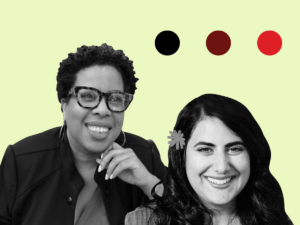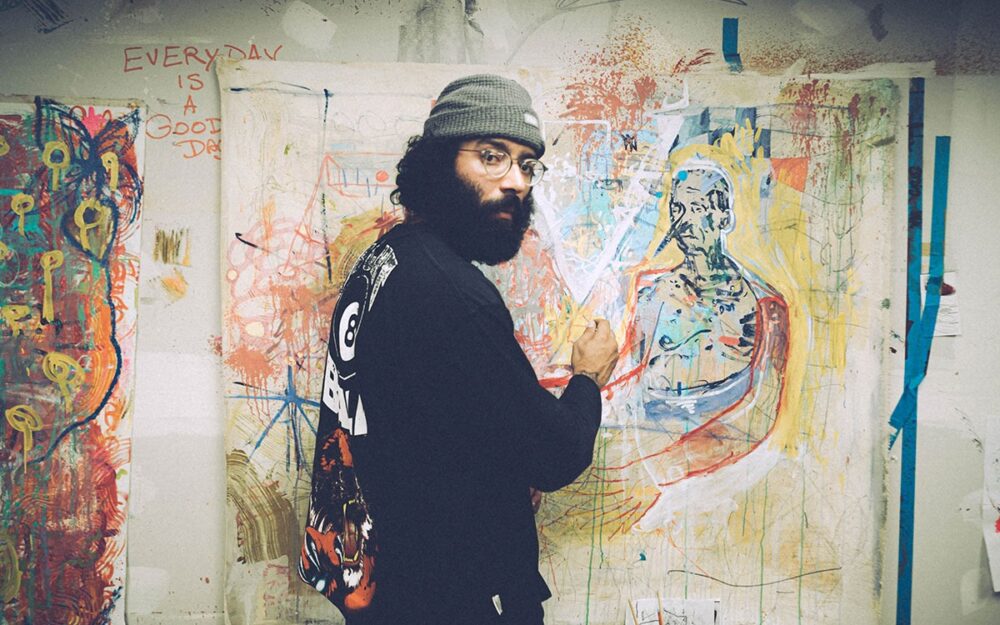
Driving down a mountainside, on a narrow two-lane road, you look nervously to one side to see a precipitous drop. Between you and that danger is a small strip of metal—the guardrail. In building an equitable world, guardrails are critically important to keeping relationships on track.
Andrew D. Wittman, in a recent Harvard Business Review article on teams, says that having guardrails or ground rules in the workplace “creates an atmosphere of fairness and equity, and of respect and trust. It generates a meaningful exchange of ideas, fosters dynamic communication and collaboration, and facilitates durable working relationships.” Jane E. Haskell, Louise Franck Cyr, and Gabe McPhail in their Strengthening Your Facilitation Skills, Level 1 Curriculum say that these trusted environments are also called “safe spaces” where people can “feel safe and free to learn, explore, and discover.”
But is safety created equally among all participants, across all differences? And whose safety gets prioritized?
Heidi Schillinger and Erin Okuno, who blog on the website Fakequity, contend that “safe space” may make those in the dominant culture feel safe, while not providing the same benefit for people of color. They write, “Too often safe space translates into too comfortable for white people and they take safe to mean, ‘don’t threaten my ways of thinking’ or ‘don’t make me feel uncomfortable.’ Safety and comfort are the norm for white people, but you can’t be safe and comfortable to learn and grow.”
Lily Zheng pushes the idea of safe space even further. She says, “Every single space in which we exist as trans people, indigenous people, Black and brown peoples, disabled people, women and femmes, queer people and/or working-class people is a ‘brave space.’”
How then do people develop meaningful working agreements to create those brave spaces while accounting for often highly inequitable power dynamics? In the philanthropic world, one side appears to hold all of the power, with partners, grantees, and consultants often left in subservient roles. When those partners are people of color, the issue of race and white supremacy culture can create an even less healthy and less productive working environment.
Several people have offered ideas about how to create a set of working agreements that center racial equity. Glenn E. Singleton and Curtis Linton in Courageous Conversations about Race (page 58) offer four agreements from their work in education:
- Stay engaged.
- Experience discomfort.
- Speak your truth.
- Expect and accept non-closure.
As educator Sarah Butler says, “The difficulty is not in starting the conversation; the challenge is finding the will, skill, and capacity to sustain this painful conversation so that it leads us into clarity, into deeper understandings, and into informed, highly conscious advocacy, rather than simply fizzling out when we get overwhelmed or fear, anger, and grief will overtake us.”
In the work that my colleagues and I do, we have been trying on a set of working agreements with foundation presidents and program staff to establish more power-balanced relationships between a consulting firm owned by a Black woman and the foundations and organizations that engage us. The conversations with our foundation partners have been both exciting and uncomfortable.
The agreements attempt to resolve several different issues. For example, when power is unequal, the pace for decision-making is most often set (intentionally or unintentionally) by the person with the more dominant role/position. Recently, when I spoke with a foundation staff person and mentioned using these agreements to guide the relationship, the discussion led to the creation of a more balanced strategy that enhanced the strategic value for each of us. Too often, these discussions do not happen, leading to, at best, suboptimal results.
Sign up for our free newsletters
Subscribe to NPQ's newsletters to have our top stories delivered directly to your inbox.
By signing up, you agree to our privacy policy and terms of use, and to receive messages from NPQ and our partners.
Our working agreements are a work in progress. The five guardrails are:
- We know that we each have personal, institutional, societal, and historical viewpoints about how to build healthy relationships across our differences. We will exercise transparency, integrity, accountability, and good humor in navigating among these.
- We recognize the dynamics of race, power, and trust that are at play—consciously and unconsciously—in our relationship. Our commitment is to acknowledge when things are working well across these dynamics and to name when they are not.
- We know that being committed to racial equity requires courage, humility, and decency. We will make every effort to work through things to the best of our abilities and to be honest when we do not feel equipped to deal with a situation. We want each other to thrive.
- We know that there will be times when the impact of our good intentions will cause confusion or hurt feelings. Our commitment is to talk with each other about the situation before going to others, share honestly the impacts of the experience, and work in the spirit of resolution to advance our working relationship.
- We are committed to using our respective leadership skills and credibility to advance each other’s goals. This means that we will talk through the potential rewards and risks of reasonable requests that we make of each other and work toward agreement about the timing for the path forward.
We are using these working agreements with our foundation clients, with philanthropy-serving organizations, in meeting spaces, and even with another Black-owned firm we contracted to work with—a total of about 17 organizations to date. The receptivity to these agreements has generally been positive.
“You will never see any opposition from me on race,” said one foundation president. “That is what matters. Do we need to include this within our contract? These [working agreements] are very important to me. This would not be a conversation if my organization was doing really well with this at all.”
When the same idea was raised with another foundation president, that person said, “This is intriguing. Just mentioning the working agreements makes me stop and think about our relationship. I have to think about more than the money now. This means we will be more relational, and I have to show up differently.”
This is not the reception the agreements always receive, however, even from people with whom we have longstanding relationships. One white male foundation president took it as a quid pro quo rather than an attempt to put relationship before task. “Now, wait a minute,” he said. “This doesn’t mean I’m committing to any money or resources, does it?”
Another foundation program officer simply sat back and said, “Wow, this takes a lot of trust.” The unspoken subtext seemed to be that she was unsure whether our organization was worthy of that type of trust—or, alternatively, if she should engage at our level.
Even within the framework provided by the agreements, conflict sometimes arises. When working with one group led by a white person, we found ourselves being positioned to take the fall for the client’s poor planning and coordination. This is a particularly difficult situation for a Black-owned business, where data have shown that the adage, “Black people have to be twice is good” is a standard of practice by white-dominant organizations, and navigating conversations about a client’s failed performance can be catastrophic to business. The agreements set the conditions for us to directly address their lapses in performance and communications, initiate a reset that required more time and effort from each of us, and, most important, to discuss how the power dynamics were not serving any of us well.
The agreements offer relief as they make room for working through difficulty based upon a co-equal, human-to-human connection. These agreements both acknowledge power differentials and make space for the person with less power to explicitly be seen as an equal who has needs that are not reflected in the deliverables.
Invariably, bringing the agreements up has surfaced the question, “Where did these agreements come from?” The answer is “from not knowing whether the person I am working with can support me while I support their goals.” When in place, these guardrails keep relationships that might otherwise be distorted by power dynamics from running off the road.
The working agreements provide a start, at least, to answering the provocative questions posed by Chris Fredette from the University of Windsor during a panel last year on the lack of diversity on nonprofit boards. He asked, “What does it mean to be in relationship with each other? How can we reconcile past wrongs of colonization, given present realities? How can we create shared future aspirations?”
Shifting power through a co-created set of working agreements is one way to be in better relationship with each other. When these relationships center racial equity, we can truly aspire to a better future where power is more equally distributed among all partners.













